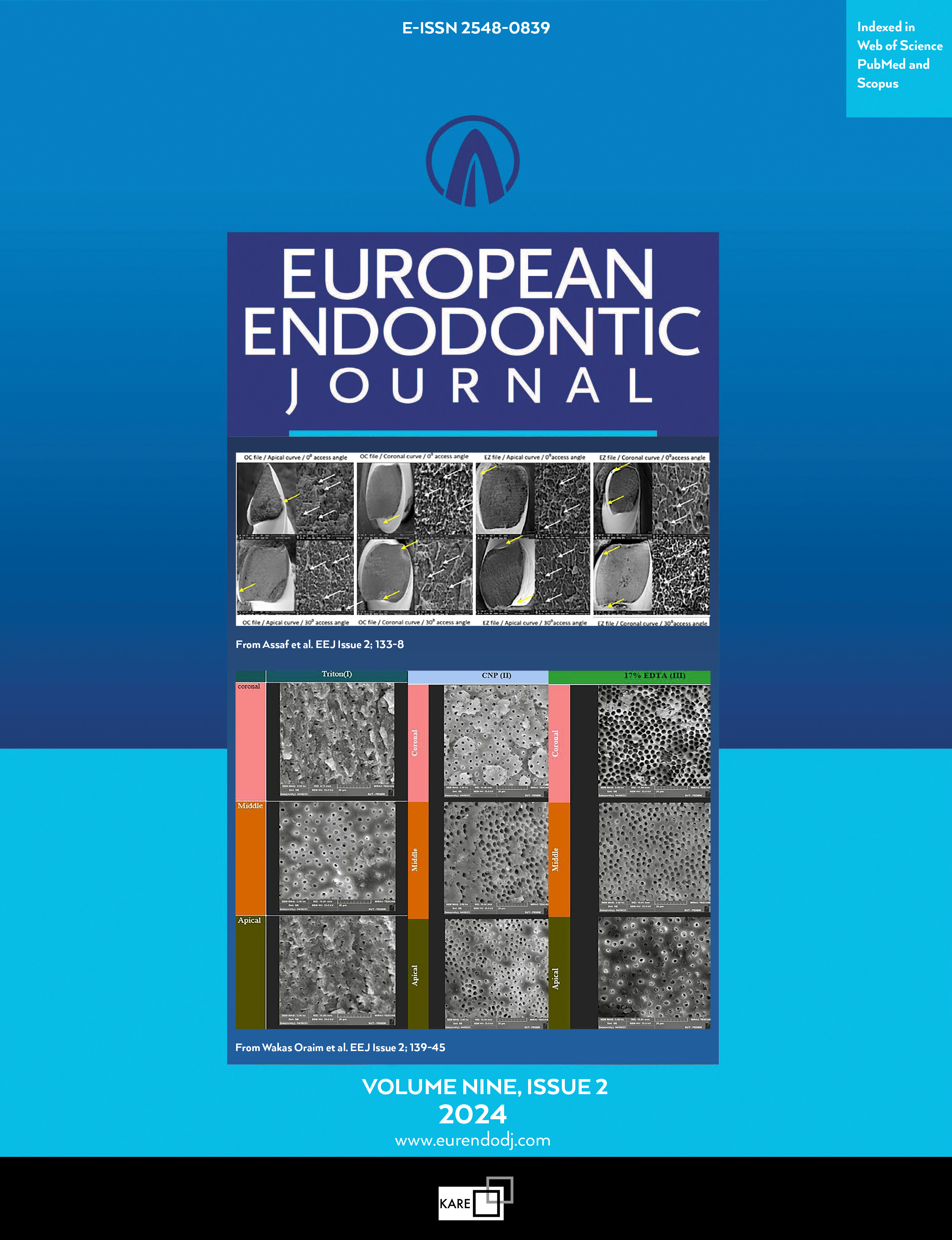Metrics
2022 IMPACT FACTOR
5 year Impact Factor
Eigenfactor
2022 CiteScore
Journal Citation Reports (Clarivate, 2023)(Dentistry, Oral Surgery & Medicine (Science))
Dental Material Choices for Pulp Therapy in Paediatric Dentistry
William N. Ha, Bill Kahler, Laurence J. WalshSchool of Dentistry, University of Queensland, Brisbane, AustraliaObjective: The purpose of this study was to assess the restorative choices for pulpal therapy by members of the Australian and New Zealand Society of Paediatric Dentistry (ANZSPD).
Methods: Members of the ANZSPD were sent an online survey asking about the procedures that they per- formed and their choice of dental materials.
Results: The respondents were 31 general dentists (GD) and 55 specialist paediatric dentists (PD). Materials used for indirect pulp capping included calcium hydroxide [Ca(OH)2] cement (CHC), glass ionomer cement or resin-modified glass ionomer cement (GIC/RMGIC), Ca(OH)2 paste (CHP) and mineral trioxide aggregate (MTA). Materials for direct pulp capping included MTA, CHP and CHC. Materials and techniques used for pul- potomy included MTA, ferric sulphate, formocresol and diathermy, CHP and CHC. GD and PD were similar in their choice of materials. However, there was no preferred product for pulp therapy. Most GD learnt how to use MTA from CPD lectures, while some PD learnt how to use MTA from their postgraduate training as well as CPD lectures. Many GD and PD did not have hands-on training from their education on how to use MTA (GD: 80%, PD: 43%). Most would like to attend hands-on MTA courses (GD: 86%, PD: 65%).
Conclusion: There was no clear preferred product for the various types of pulp therapy in paediatric dentist- ry. Education appears to be the major barrier to the use of MTA rather than the cost of MTA.
Corresponding Author: William N. Ha, Australia
Manuscript Language: English
(5843 downloaded)


